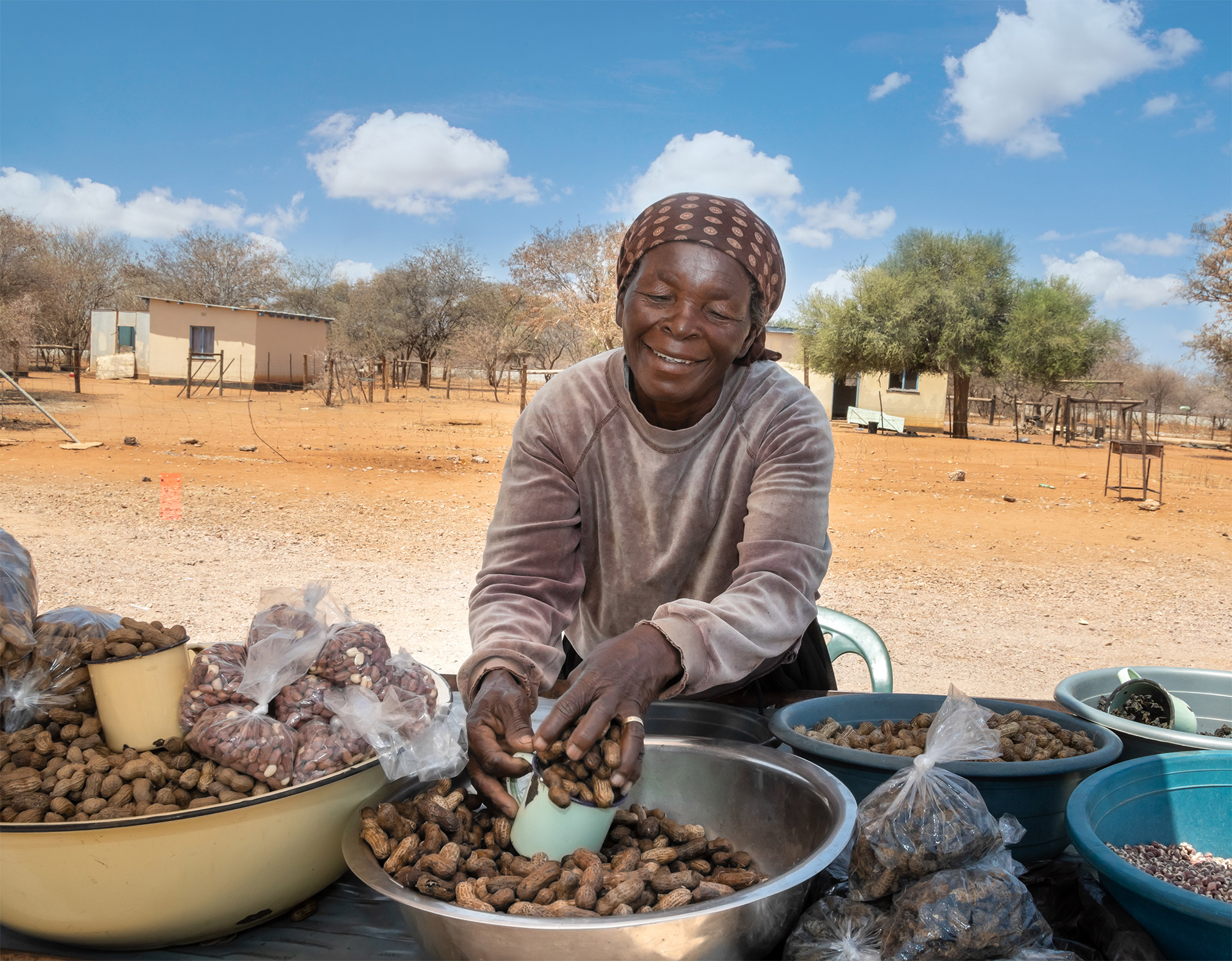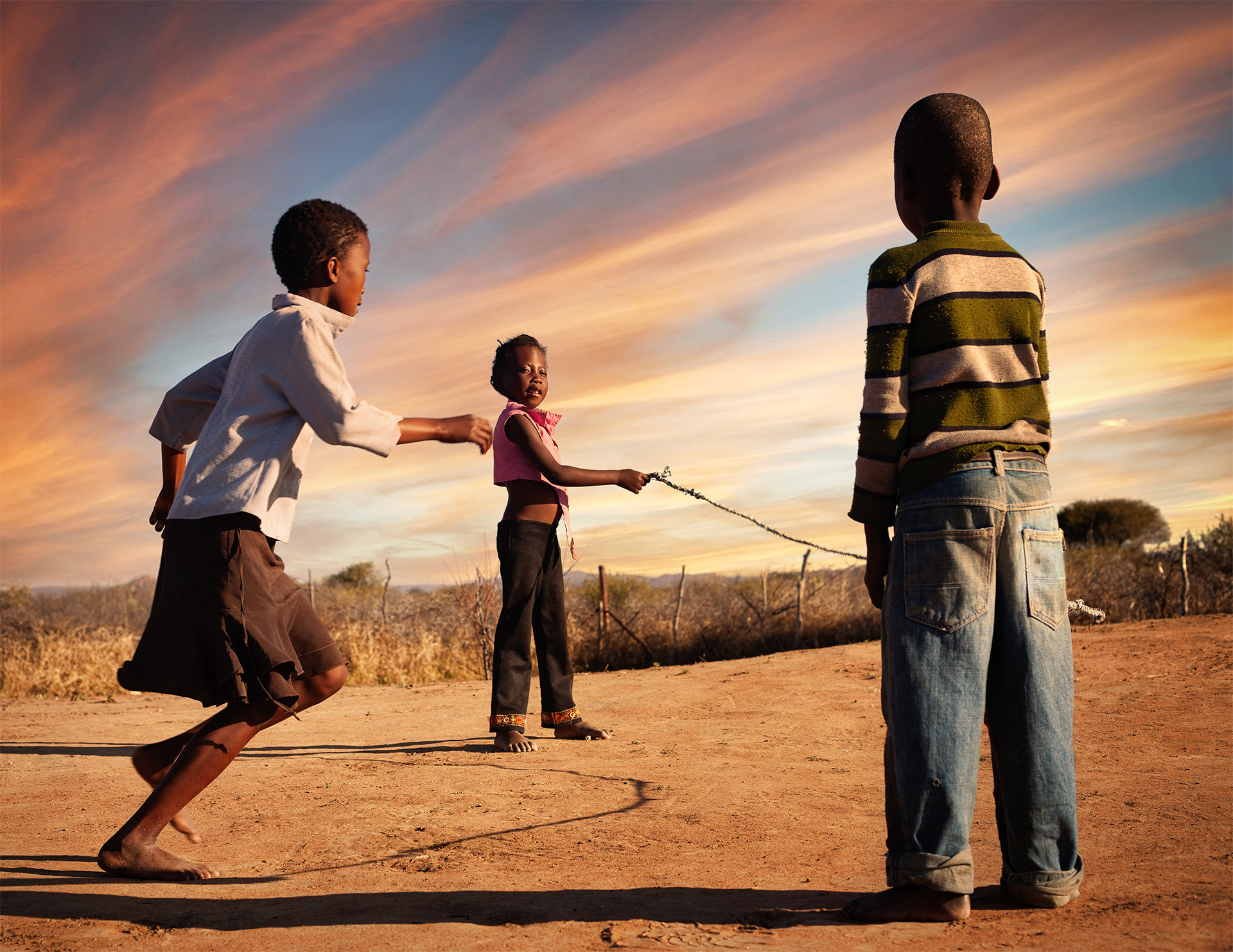Themes of animation
CLP has acted alongside and learned from groups and formations resisting their domination. The following themes have been found to be pertinent to the practice of animation:
CLP has acted alongside and learned from groups and formations resisting their domination. The following themes have been found to be pertinent to the practice of animation:

Animation is a process. The praxis of CLP has led to the acknowledgement that animation requires time and patience in order to allow trust to develop within relationships with struggling groups and formations. An essential element of emancipatory praxis then is enacting now, at the start of the process, the values, principles and ways of acting that we desire to see. This means being vigilant and conscious of the means we employ within the process. This undermines the very notion that the end justifies the means. It is the critical thinking and acting now that will shape the process, and this is what CLP will support as it acts alongside groups and formations.
Each specific context where CLP works requires its own ongoing analysis and critique of its context and practice. In order to deepen our animation praxis, CLP draws on the richness of the See, Judge, Act methodology. This process is repeated, allowing for deepening analysis and renewed action.
Animation is a sustained discipline. “As animators, we are not agitators nor facilitators“. No matter how tempting it might be to fast track results, our emancipatory praxis is about problem-posing rather than the assumed problem-solving. Support processes within the organistion, such as regular critical reflection spaces, enable the organisation to learn more from this sustained discipline of praxis. These spaces provide a platform for staff to share their challenges encountered in differing contexts, allowing for deepened analysis and critique in order to further strengthen our praxis.

Animation as a practice rubs off onto other activists and formations. Animation is then not just a set of technical skills, but is a political practice. These activists also begin to act alongside other emerging groups and formations, thus promoting solidarity between groups.